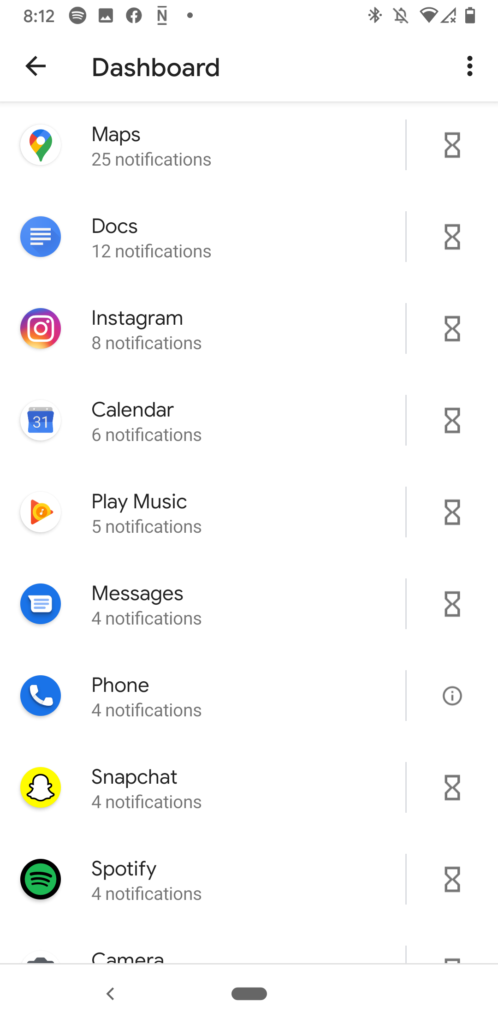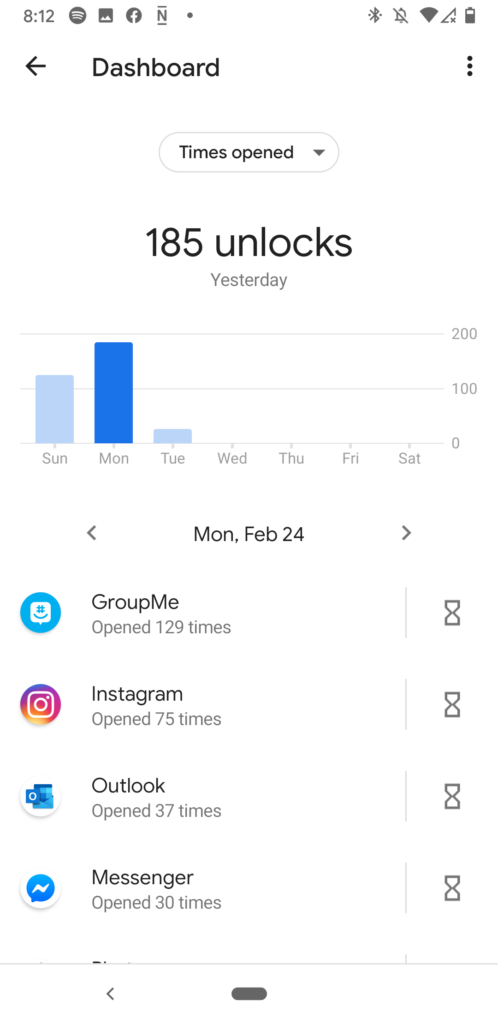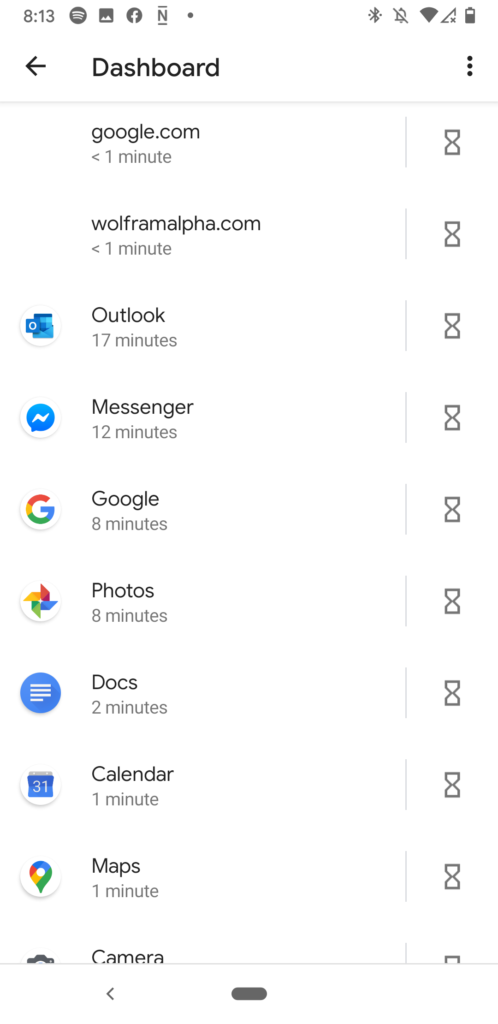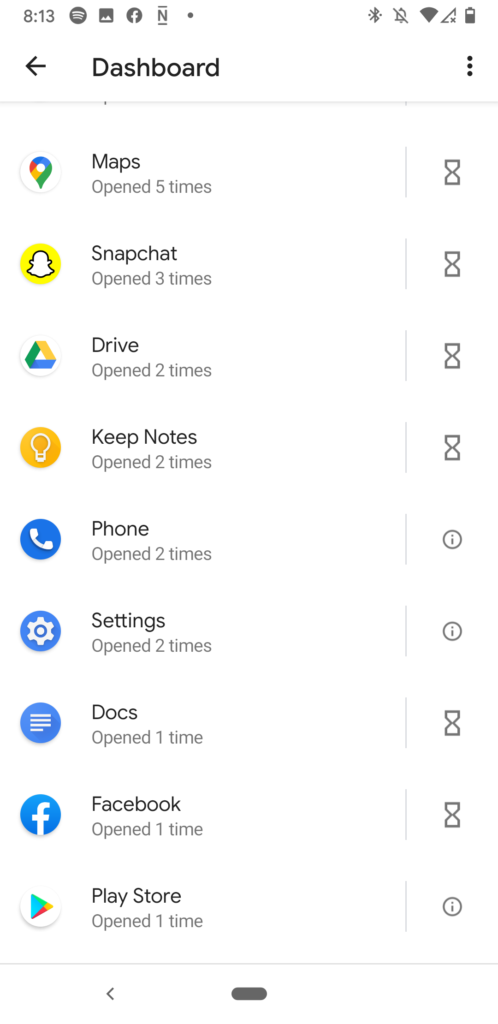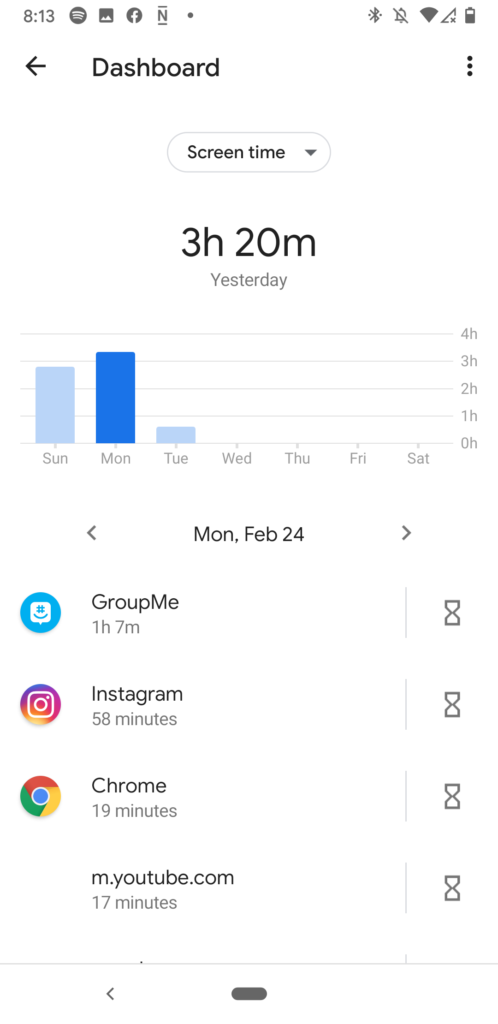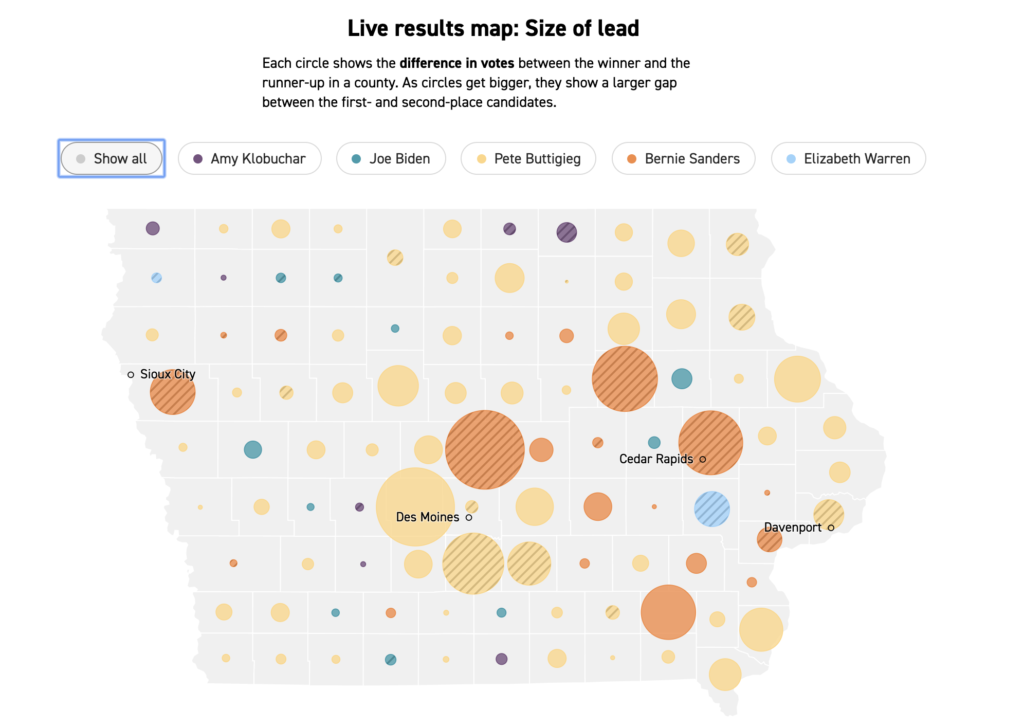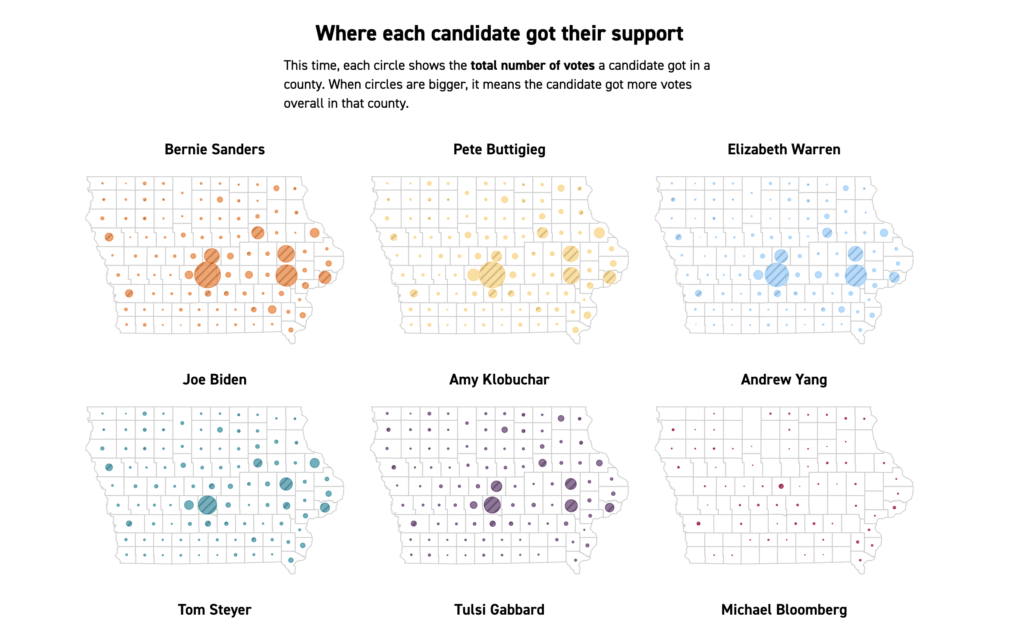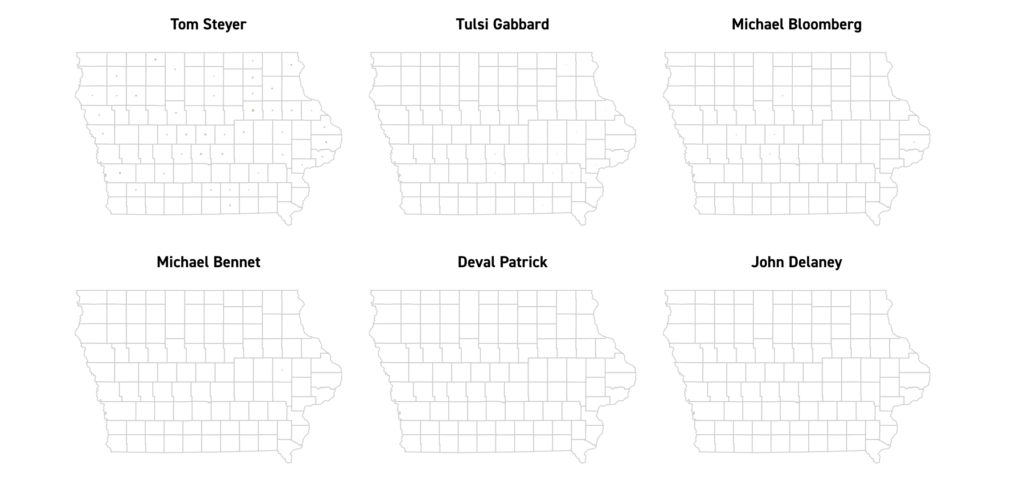By Ife Ademolu-Odeneye, Josh Feldman and Tyler Millis
The data says that one singular bluebike (to be specific the bike with ID 218) has been used many times and covered many miles. We want to tell this story because people don’t realize how much impact each individual bluebike has. By revealing this information we hope that people will be encouraged to join the movement of people switching to bluebikes.
The target audience is Boston commuters in the age range of around 16 to 40 years old.
We chose this audience because knew we knew we wanted something climate-focused. Therefore we decided to target people who could possibly be regular users as this would have a greater environmental impact than occasional users who would only use the bike once.
We considered having our target be the city council or local government but we realized that the bikes are already there we just have to encourage more people to use them.
When we narrowed our age range of commuters down to 16-40 years, this allowed us to tap into an aesthetic that is typical of a younger audience, with simple colors and shapes.
Data sources
The majority of our data was collected by Blue Bikes themselves. From this data, we were able to pick one bike ID and look for all its occurrences in the data. We wanted to pick a bike that had travelled a typical number of miles for a bike that was at least 5 years old. We wanted the bike to be at least 5 years old because newer bikes would not have travelled as many miles, which would be a less compelling story and would artificially reduce the amount of carbon saved. We did this visually with Tableau. Using Tableau, we could filter by bike ID and then sum up different values and counts.
In order to make claims about the amount of carbon dioxide saved by using blue bikes we looked at how much the average car would produce if it traveled the same distance according to the United States Environmental Protection Agency.
To allow us to create a comparison to the energy created by houses we used data from the U.S. Energy Energy Information Administration.
Choices made
Using a video allows us to present the data sequentially in a way very clearly for the audience. In addition, it allows us to use audio to narrate our data creating a more immersive experience. We chose blue to be our theme color as we are aiming to get people to remember “bluebikes” and using their companies color would help get people to remember it.
Slide 15 shows a graph identical to slide 14 however flipped upside down. We chose to flip the chart in this way because we wanted the idea that “up” was good and “down” was bad in the quick change between the slides.
The setting of the interviews in slides 20 – 22 is a photo taken by Josh Feldman. We liked this location because you have the blue bikes directly opposite a gas station. Our idea would be to conduct the interviews at this location and possibly gets some video of people in the gas station to draw attention to it.
Script
| Narrator | This is bike No. 0218 This one bike that been ridden over 3400 times And visited 236 amount of stops It’s been ridden by everyone from a 17-year-old to a 76-year-old In its 5 year lifetime, it traveled over 4000 miles If the average car had traveled that distance it would have produced 1.6 million grams of CO^2 In comparison Bike 218 produced nothing How could you have the same impact as BlueBiike has? |
| Interviewee 1 | I could use no electricity at home for a week? |
| Interviewee 2 | For a month |
| Interviewee 3 | For 2 weeks |
| Narrator | Well, the real answer is 111 days. 111 days of complete darkness Well that’s a lot of darkness Join the BlueBikes movement – the easiest way to fight climate change |

